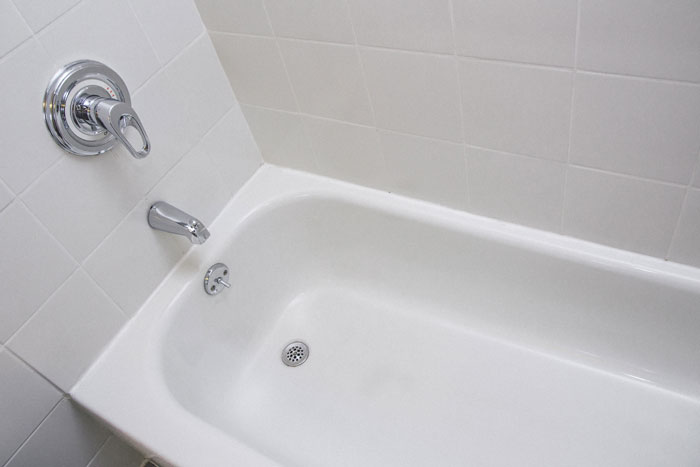
After a long hard day, a good book and a hot bath might be just what you need to unwind and de-stress. But when your muscles need a little more than relaxation, it might be time to consider cranking that faucet the other way for an ice bath instead.
Leada Malek, a board-certified specialist in sports physical therapy, is well-versed in helping athletes train well and recover fully. Here’s what she has to say about ice baths and their benefits.
Helps with swelling
Whatever your activity level, Malek recommends ice baths for acute injuries (especially those with swelling) and muscle recovery. Like any type of icing, the cold temperature of an ice bath reduces swelling and inflammation.
Reduces pain
Malek explains, “The cold property of ice causes blood vessels to constrict, reducing blood and thus reducing swelling. The cold also decreases nerve conduction velocity, which can reduce the pain signal and also numbs the area.” To simplify the science, ice baths help lessen the pain signal and numbs the body part, which results in less pain.
Boost recovery and performance
Though decreased pain and swelling may be the more obvious benefits of ice baths, Malek argues they aren’t the only ones. She explains, “They can help with recovery by decreasing metabolic activity in the muscle. One study actually found ‘pre-cooling’ to positively impact performance prior to a high endurance activity!”
Here’s how to do an ice bath at home:
First, check in with your physician. “Always consult your doctor before using an ice bath to ensure proper health, especially if you are taking any type of medication. Sometimes these need clearance before using heat and ice therapy,” she explains.
Second, get the tub ready to go. If you don’t have a bathtub at home, a plastic tub can do the trick. If only one joint needs icing, a small tub may even work.
Third, prioritize the temperature. Malek suggests, “Keep a thermometer you can stick in the bathtub handy and start filling with ice, checking every 3-5 minutes from the middle of the tub and mixing the ice around to get a more accurate measure. Research has typically agreed on a range between 47 to 59 F, with an average temperature across the board being 52 F for proper ‘cold water immersion.'”
Finally, pay attention to your body and the time. Too little icing won’t yield maximum benefit, and too much icing can cause more damage or even ice burns. Malek explains, “I usually tell my clients ‘numb and done’ and the stages to get there: cold, burning, aching, and numb!” As for the time, Malek adds, “It’s best not to exceed 15 minutes if fully submerged in the tub, head above water. On average, 8-12 minutes for an extremity is sufficient.”
xx, The FabFitFun Team




